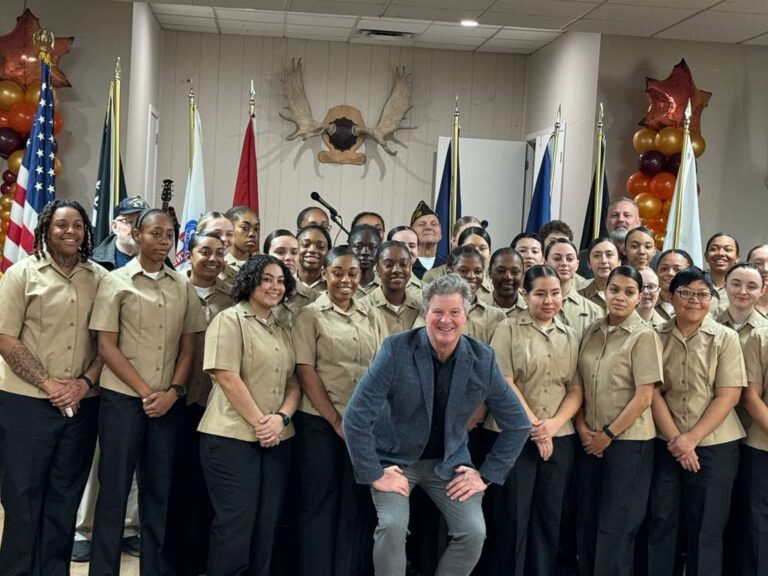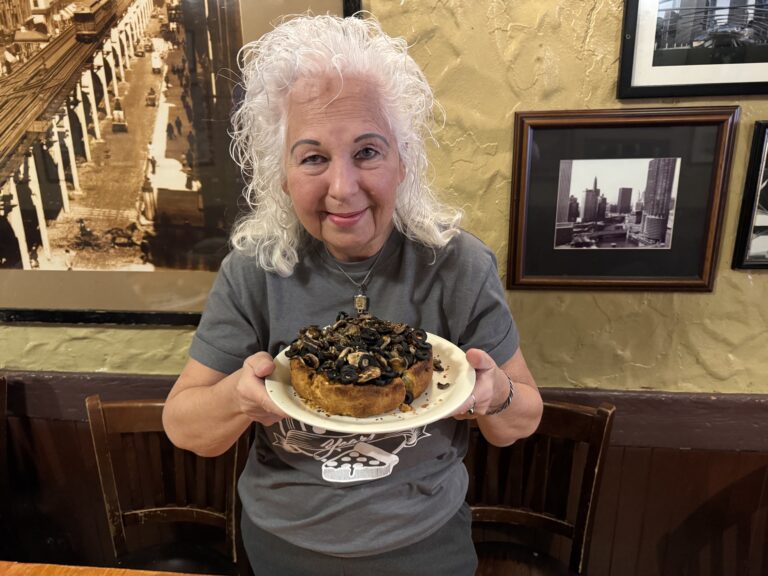The men’s clothier that generously employed me during Christmas breaks throughout college was nondescript save for one feature: service.
Family-owned and -operated since 1955, its two aisles housed the standard assortment of tailor-made suits, cashmere sweaters, neckwear and accoutrements perfect for the working man, back when “casual” office attire meant loosening one’s tie. The store always smelled of leather and steam.
What made this establishment unique, as regular customers could attest, was the interaction between patron and employee. As salespeople, we were instructed, rather ordered, to approach the shopper with a “May I help you?” greeting the moment his or her front foot entered the premises. While I often felt like the houseguest who wouldn’t leave, most customers seemed grateful for my omnipresence. Less than 5 percent, I would estimate, dismissed me with a wave of the hand and the standard, “Just looking, thank you,” response.
Now reverse those figures and you have an excellent image of the 2018 shopping experience.
A recent survey by consulting firm HRC Retail Advisory found 95 percent of consumers would prefer not to see the likes of me, or anyone with a store nametag, approaching them while shopping. Even if questions arose about an item’s price or availability, respondents overwhelmingly preferred a price scanner or in-store app as opposed to a human, the survey concluded.
Sadly, even as a former retail clerk who loved pairing shirts with ties and seeing a customer’s approving nod, I have found myself shunning clerks in the mall. Recently, while birthday shopping for my wife, I snapped photos of three blouses and texted them to my daughters, desperately seeking their approval. Their responses arrived in seconds.
“Uh…no.”
“Dad! Really?”
“Are you trying to make her mad?”
This is precisely why the gift card industry is booming.
Clerks at the mall where I still occasionally venture seem resigned to their shrinking importance. After the birthday shopping debacle, I decided to make a few purchases for myself in the men’s furnishings department. Incidentally, in the fashion world, underwear is still referred to as “furnishings.” I approached a register, only to find it unmanned. Moving down the aisle, I found another register void of activity. I finally located a clerk folding towels in the linens department.
“Can you ring me up?” I asked.
“Sure,” she replied. “Who was helping you?”
“Uh nobody,” I replied. Jokingly, I added, “I guess I get the commission.”
“Nobody was working with you?” she asked, somewhat incredulously.
“My daughters were helping me. Want to see their pictures?” I asked, producing my phone.
As she scanned my purchases, we chatted about the disappearing in-store help phenomenon. The clerk, a 20-year veteran employee, agreed with the HRC survey’s conclusion that the times, they are a changing. Despite her best attempts to offer customers a personal touch, she said she often feels like a stock worker, disappearing into the store’s bowels to retrieve an item for a customer who had purchased it online and clicked “in-store pickup.” Indeed, 65 percent of the survey’s respondents said they preferred to shop in that manner for apparel.
“And I do a lot of returns,” she sighed. “They still need somebody to give them their money back when the item they purchased online wasn’t what it appeared to be after all. Maybe if they’d come in, looked at it, touched it and, heaven forbid, tried it on, they could have saved themselves a trip.”
“Precisely,” I added, though I was confident I didn’t need to venture into the fitting room to try on underwear. I thanked her and wished her well, knowing that the dog days of summer awaited her and other employees still working in vanishing malls. I asked if she could leave her post in linens, just for a moment. Dutifully, she declined.
Too bad. My wife STILL needs a blouse.




